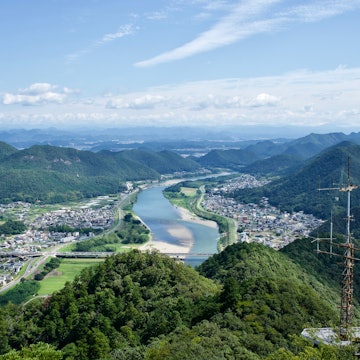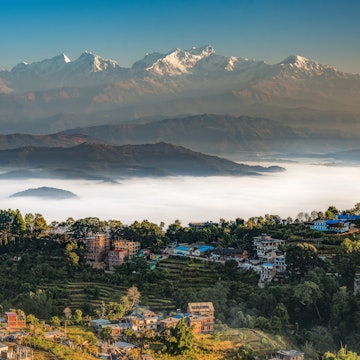

Mua Cave mountain viewpoint. Vietnam Stock Images/Shutterstock
In Vietnam, you can climb the heights and scuba dive the depths. Immerse yourself in culture or just kick back on the sand. Whatever you pursue, you can remain confident that a fantastic meal is waiting for you at the end of the day.
Yet, before you set off to enjoy Vietnam’s bounty, consider brushing up on a few pointers to help you avoid pitfalls in paradise. These are our top tips.
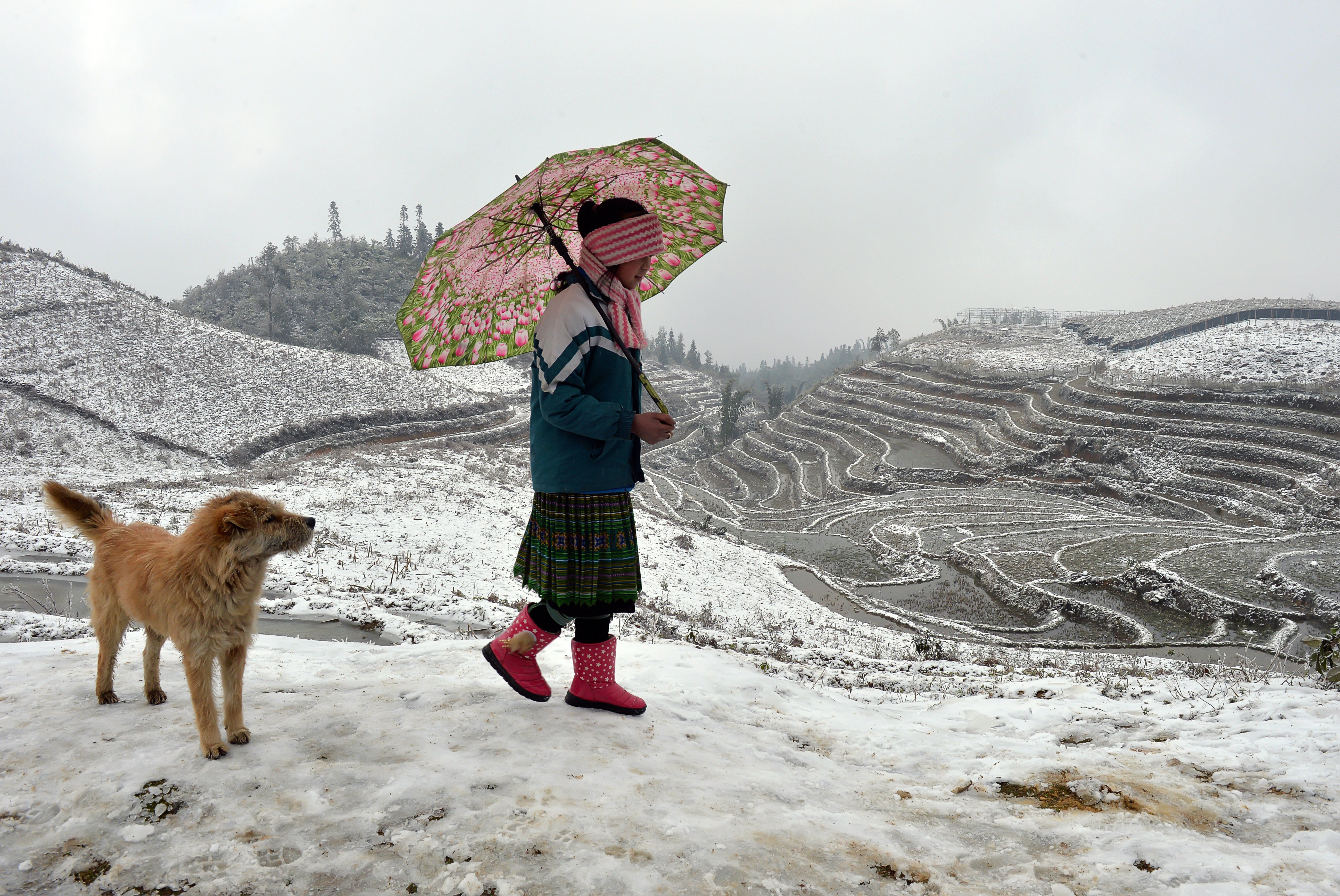
1. Prepare for a range of climates
Perhaps the most important consideration when planning a trip to Vietnam is the weather. The south of the country sits firmly in the humid tropics, but the climate becomes increasingly temperate as you head north, with the highlands around Sapa snowy and frigid in winter. If you plan to visit both halves of the country, bring some clothes for the cooler highlands as well as the steamy Mekong Delta.
2. Investigate all your visa options
There are numerous ways to arrange the paperwork for a visit to Vietnam, and some are more inexpensive and faster than others. You may not need a visa at all for a short trip, and electronic visas and visas on arrival are available for many nationalities – always less hassle than going to the embassy in person. Read up on the visa requirements before you book your flights, to avoid paying more than you need to or getting held up by red tape.
3. Stay current on your vaccinations
As with anywhere in the tropics, you should be aware of the risk of tropical illnesses in Vietnam. See your doctor at least a month before you travel to get up to date with vaccinations, and arrange anti-malarial medication if you plan to visit rural areas. (The USA’s CDC has recommendations of vaccines you might consider.
Mosquitoes can also carry dengue fever, so bring repellent. On arrival, avoid drinking tap water and use antibacterial hand gel to reduce the risk of stomach bugs; a medical face mask can reduce the risk of respiratory infections and help with pollution in big cities.
4. Be typhoon-smart
Vietnam is hit by periodic typhoons between May and November, with the biggest risk of storms from August to September. If you travel during the typhoon season, monitor local weather reports and head inland from the coast if a direct hit by a big storm is predicted. In the event of flooding, contact your embassy or consulate and follow the advice of local authorities.
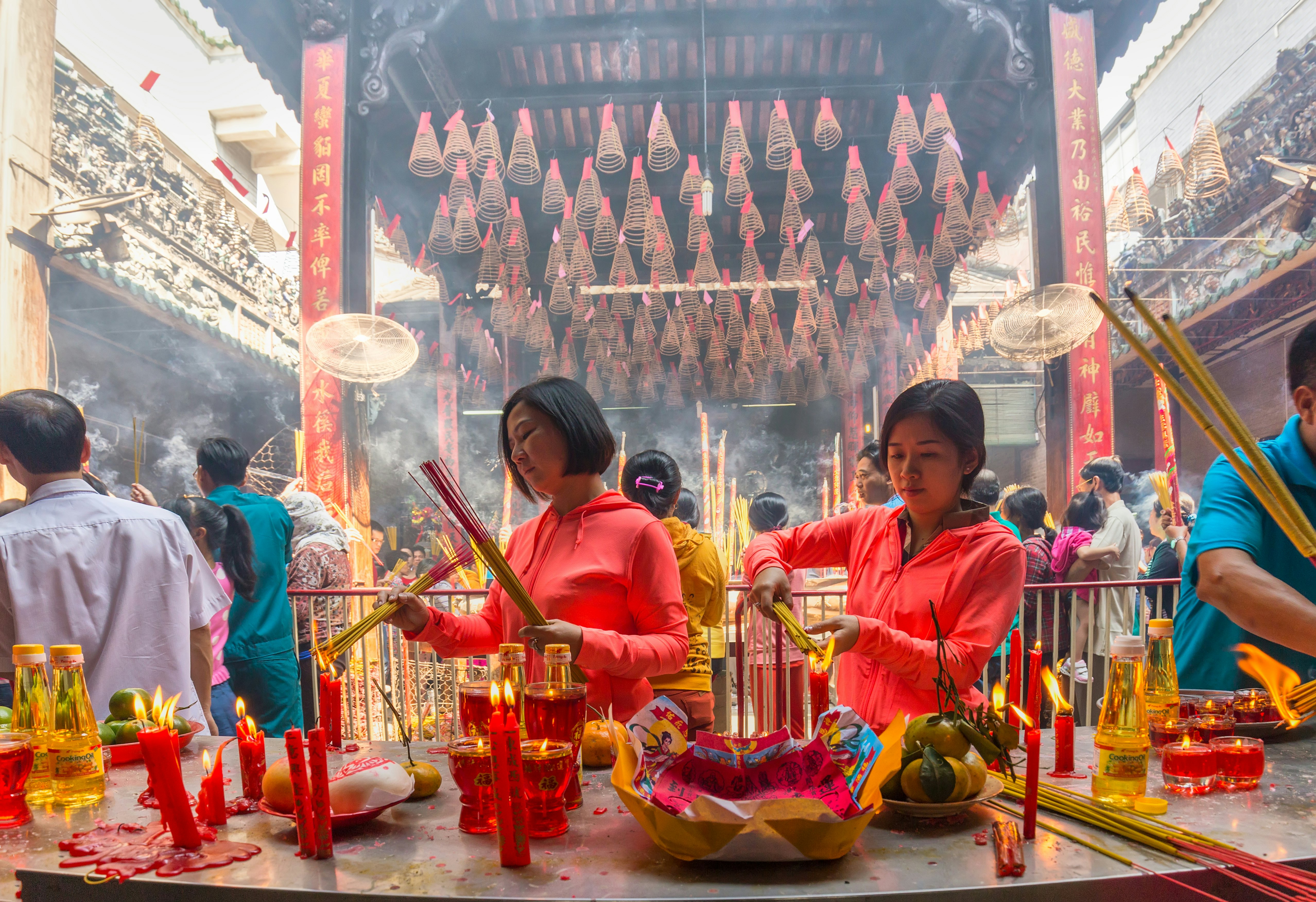
5. Book ahead for Tet and the holiday peak
Booking transport, accommodation and tours ahead of time is not essential, but always a good way to avoid disappointment if you come at a busy time, such as July and August on the central coast. If you plan to be in Vietnam during the Tet (Lunar New Year) festival in late January or early February, having transport and accommodation in place before you arrive is a very sensible precaution.
One piece of advice: book directly with operators where possible. If you go through an agency, you’ll pay more, and some travelers have reported not getting the services and standards they were expecting when booking through third parties.
6. Give Vietnam the time it deserves
Vietnam measures 1650km (1025 miles) from the Chinese border in the north to the Mekong Delta in the south, so you’ll need plenty of time to get from A to B. Road and rail transport can be slow, and there are lots of places you’ll want to stop as you travel between major hubs. If you only have a short time, focus your itinerary on a small area – Hanoi and around, say, or Ho Chi Minh City (HCMC) and the Delta.


7. Factor sleeper buses and trains into your itinerary
Domestic flights in Vietnam are inexpensive, but there are greener ways to get around this long and skinny country. When planning long-distance travel, don’t overlook the country’s overnight trains and buses: you’ll save the cost of a night’s accommodation and cover big distances, without eating into your sightseeing time. Reserve a fully horizontal berth for a more comfortable night’s sleep; both buses and trains have them. The booking site 12Go Asia is a good place to start investigating your options.
8. Use your chopsticks right
There are several taboos associated with using chopsticks. Leaving your sticks sticking upright in a bowl of food is considered unlucky (as this resembles offerings of incense sticks made for the dead), as is tapping your bowl with your sticks (associated with beggars requesting alms). If you eat in a group, use a fresh set of chopsticks (or the reverse ends of your chopsticks) to pass food to others.
9. Don’t lose face
As in many other parts of Asia, Vietnamese culture places considerable emphasis on “saving face” – in other words, avoiding situations that might cause individual or collective loss of dignity and respect. Public outbursts and arguments can cause everyone involved to lose face, so keep a sense of perspective and try not to get angry when confronted by inconveniences as you travel.
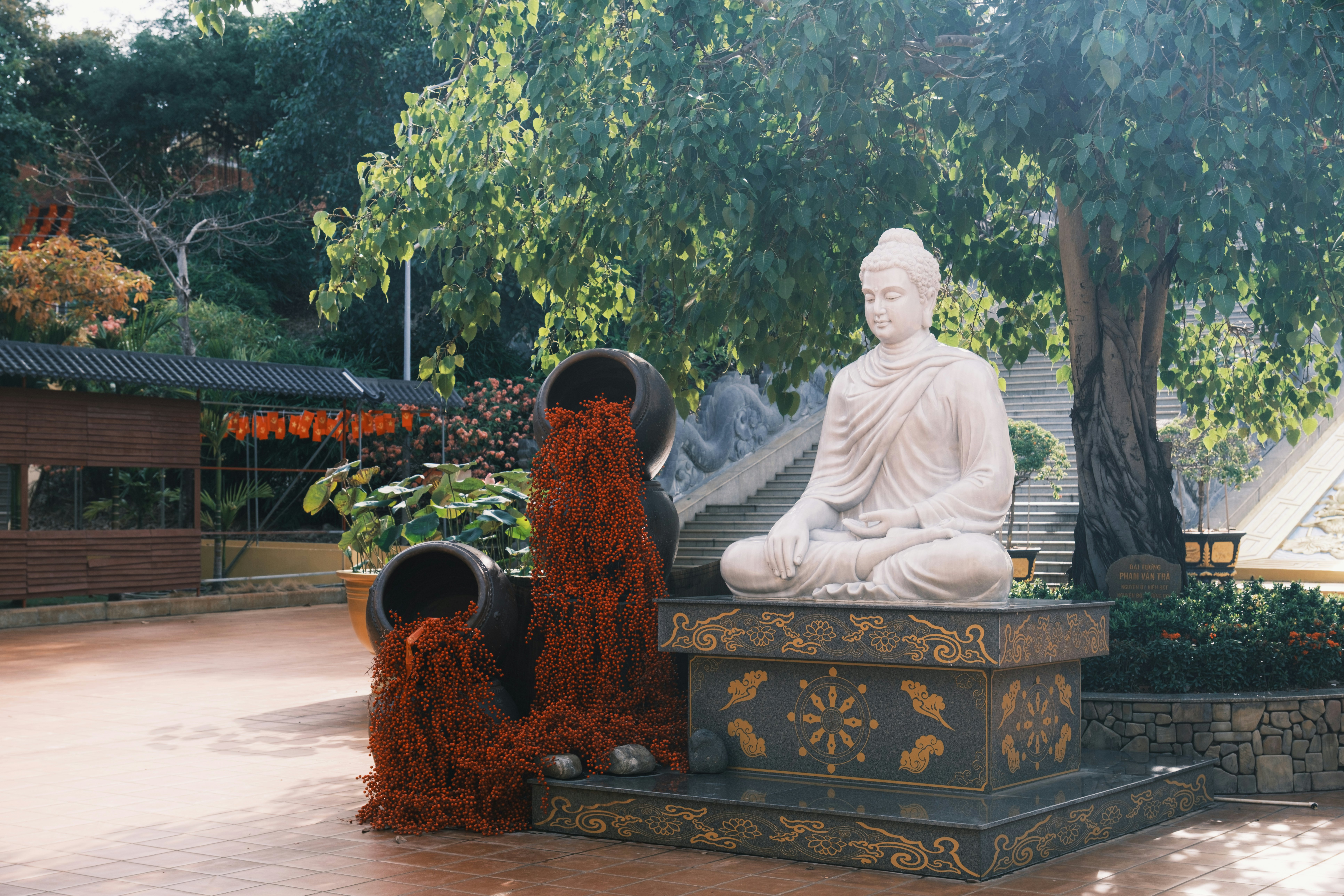
10. Respect religious spaces
When visiting Buddhist, Hindu, Confucian and Taoist temples, churches and other religious buildings, dress respectfully. Cover your legs and upper arms; you may need to take off your shoes and hat to enter, too. Never touch anyone on the head, and avoid pointing the soles of your feet towards another person or any Buddhist statues – both are signs of disrespect in Buddhist culture.
11. Expect some rain – and prepare accordingly
Be sure to check the weather in the areas that interest you as you plan your trip. Vietnam is soaked by the southwest monsoon from May to September and the northeast monsoon from October to April, and we don’t recommend beach getaways during these months. And while trekking in the northwest and boat trips in Halong Bay can make for a soggy experience in July and August, this is a great (if popular) time to bask on the central beaches. Even in the rainy season, it doesn’t rain all day, every day: so bring a raincoat or umbrella and make the best of the smaller crowds and lower prices.

12. Bargain fairly
Haggling is a fact of life in Vietnam, particularly at markets and souvenir shops, and you may pay more than you need to if you accept the first price offered. Still, bargaining should never be confrontational: treat it as a game by countering the starting price with a lower counteroffer, then seeing how the seller responds. With a bit of back and forth, you should reach a mutually acceptable price – and if not, decline politely and try another vendor. There’s little point getting aggressive over tiny sums of money – even if you pay 5000 dong above asking, that's nowhere even near one U.S. dollar.
13. Don’t let touts take you for a ride
Commission-seeking middlemen (and middlewomen) pop up almost anywhere tourists gather, and Vietnam has its share. Be wary of touts who encourage visitors to use certain tour agencies, hotels, shops and transport companies in touristy parts of Hanoi, Ho Chi Minh City and Hoi An. If you do use their services, you’ll be paying more to cover their fee.
14. Be wary of American War ordnance
Horrifying volumes of munitions were dropped over Vietnam during the American War, and unexploded ordnance continues to kill and maim people every year. Well-traveled areas are usually safe, but be cautious about stepping off roads and paths in rural areas. Don’t climb into bomb craters and never touch old explosive devices, which can remain deadly for decades.

15. Be a respectful photographer
Always ask before taking photographs of people, particularly in minority villages. Many people find it intrusive; by asking first, you’ll know if people are comfortable being included in your travel photos. Please be aware that it's a cultural no-no to take photos of Vietnamese people while they're eating. In tribal areas, some villagers ask for payment for photos, which is fair enough...how would you feel if strangers kept sticking a long lens into your front porch?
16. Don’t get dragged into Vietnamese politics
Another time to think twice before pulling out your camera is during public demonstrations and political rallies. Critics of the government can face harsh punishments: protests in 2018 against laws allowing the authorities to monitor online communications led to more than 100 arrests. Play it safe by steering clear of political gatherings and avoiding conversations about politics with local people.
Additionally, as excited as you’ll be to have touched down, resist the urge to whip out your phone or camera while in line at immigration. We’ve seen the authorities pull people out of the line for this infraction.
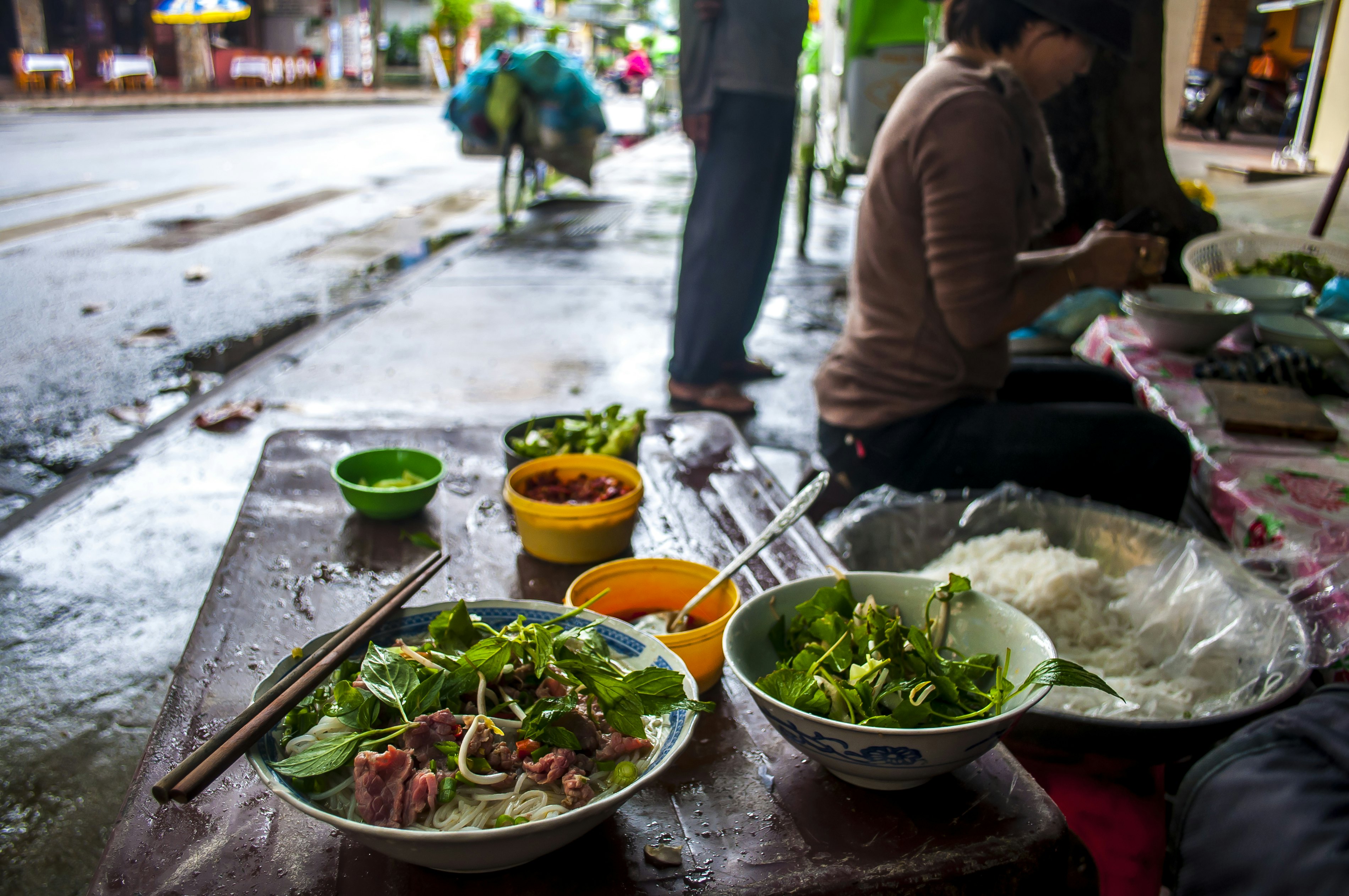
17. Eat like a local
Food is practically a religion in Vietnam. Locals focus their energy on the evening meal, during which multiple dishes are shared between diners, with the whole family getting involved. Rather than ordering a single main course, choose a spread of dishes for the table and sample a rich mix of flavors and textures. If you need a boost between meals, street-food snacks can be found everywhere – or just grab a nutritious sinh to (fruit shake) or a cup of local drip-brewed ca phe (coffee).
18. Avoid the sex-tourism industry
Sex tourism is an unwelcome legacy of the American War. Thankfully, it’s usually easy to spot and avoid places where this tawdry trade takes place. Be wary of bars, karaoke lounges and massage parlors with scantily clad staff and lots of pink or red neon. Note that some hotels refuse to allow foreign men to share rooms with Vietnamese women – which can lead to headaches for genuine couples with a female Asian partner.

19. Don’t go overboard with displays of affection
Public displays of affection are not a big part of Vietnamese culture, irrespective of sexual orientation. Kissing, hugging and even holding hands in public can raise eyebrows, so it’s wise to tone down the romantic gestures while you’re in the country. On the plus side, despite lingering legal inequality, LGBTQ+ couples generally face few problems in Vietnam, and Hanoi and HCMC both have lively scenes.
20. Avoid drugs or suffer the penalties
Illegal drugs aren’t hard to find on the traveler circuit in Vietnam – yet the penalties, should you get caught by the police, can be severe, even for possession of small amounts. Many travelers have ended up in Vietnamese jails for drug offenses, and the death penalty can be applied in drug cases. If you are inclined to toke while you travel, it’s only a short hop to Thailand, where the consumption of marijuana in food and drinks has been decriminalized for now.

21. Shop responsibly
Vietnam has some wonderful crafts and art forms that make for great souvenirs – but it’s important you stick to newly made pieces, as it’s illegal to take antiques and antiquities out of the country. Also be watchful for souvenirs made from animal parts, such as shell, horn, bone, teeth and feathers. Such items are usually harvested from wild animals, and you might run afoul of the Convention on International Trade in Endangered Species (CITES).
22. Stay smart rather than anxious about crime
Opportunistic crime can occasionally be a problem in Vietnam (as anywhere), particularly in crowded cities where pickpockets and bag snatchers on motorcycles take advantage of the unwary. Activate your big-city precautions (as anywhere), and watch your belongings on busy public transport or in bars and cafes. Using a phone or laptop at an outside table, for example, is unwise. Handbags with a single strap are a popular target for ride-by bag snatchers; a day pack or messenger bag is a better option.










